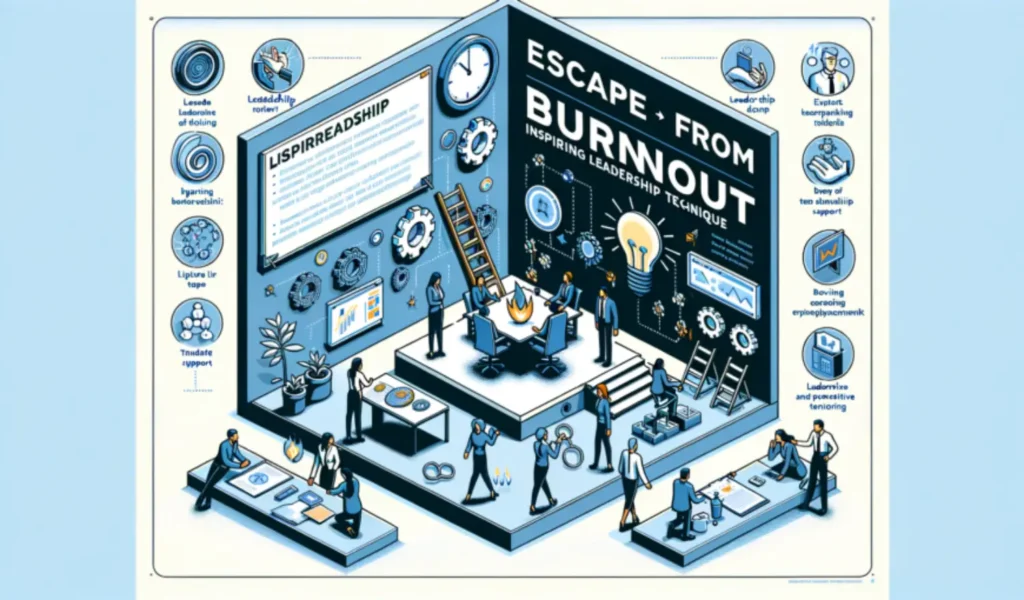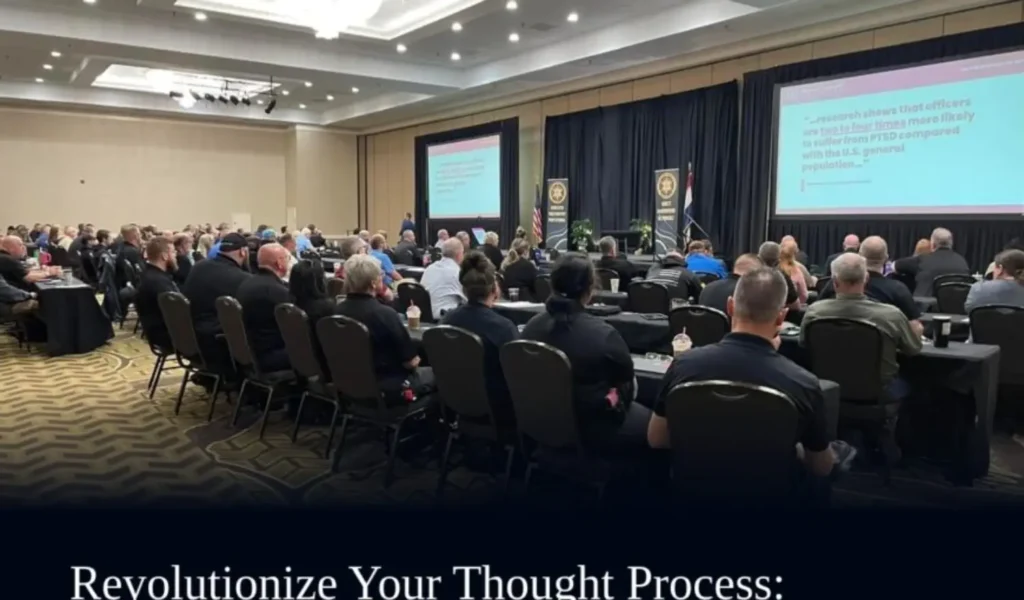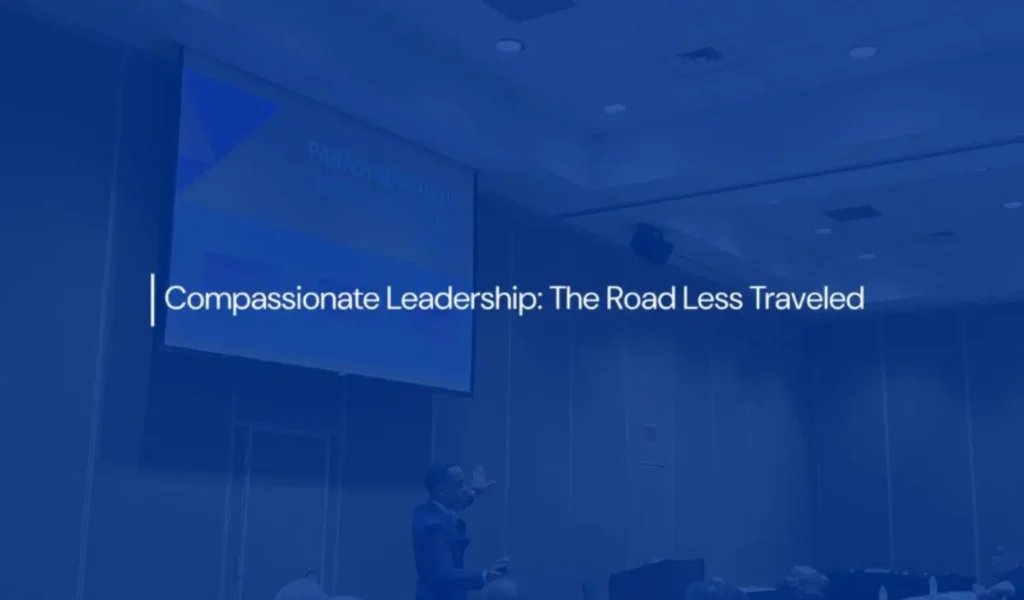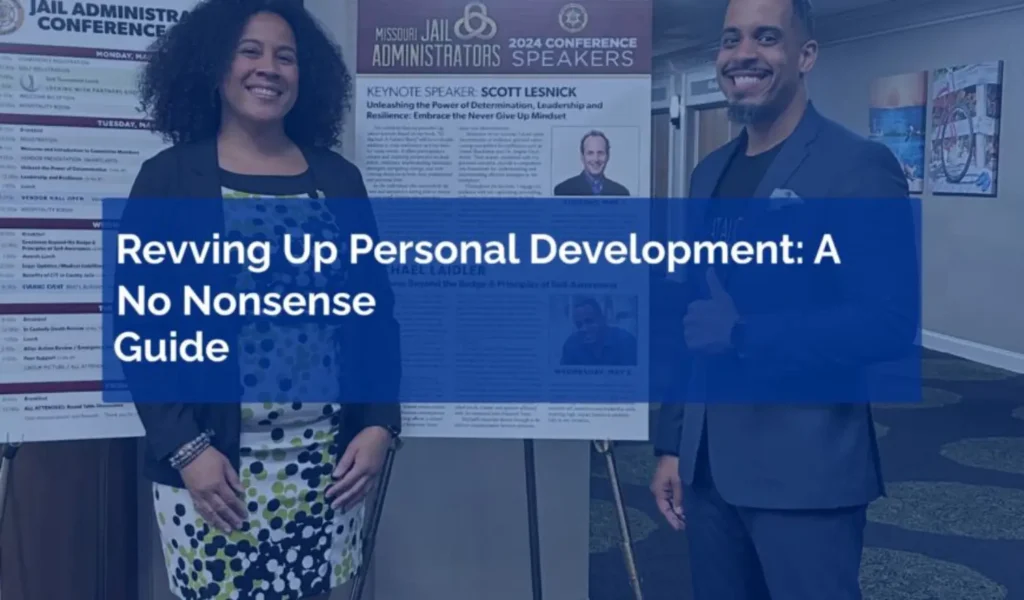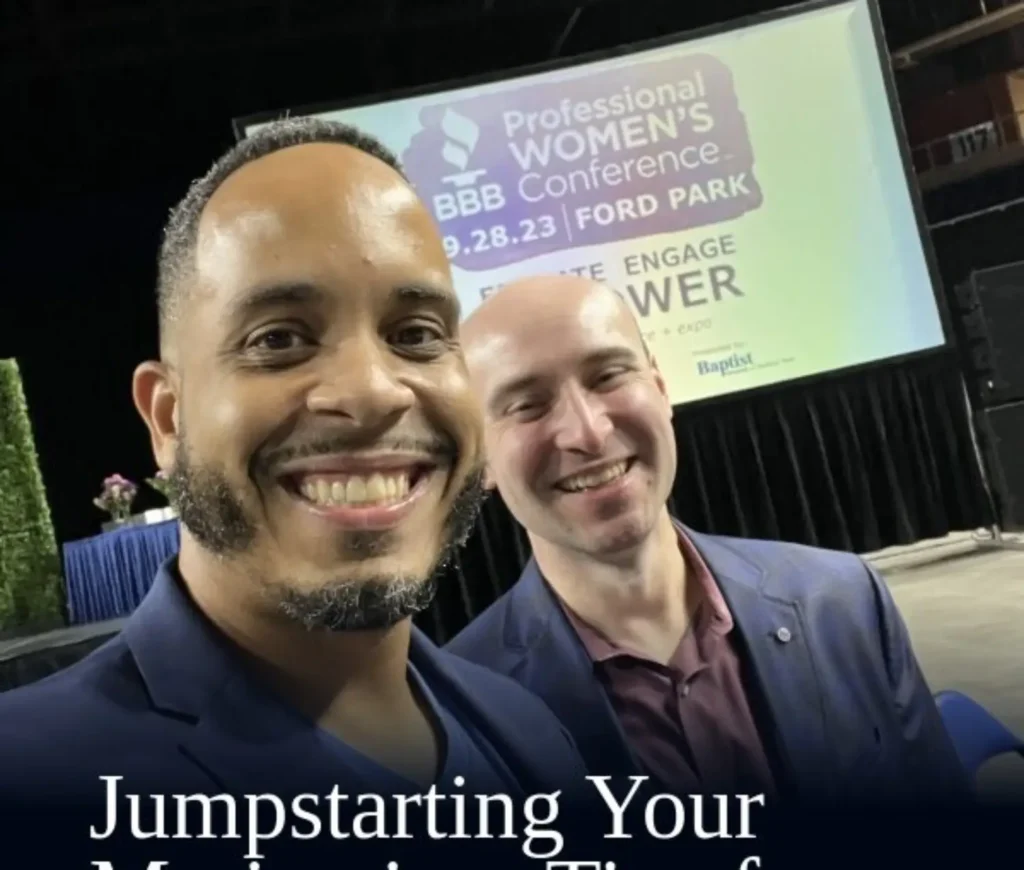Speaking Engagement Essentials for Law Enforcement Chiefs
Are you a law enforcement chief looking to make a lasting impact through speaking engagements? Do you want to effectively communicate your message, inspire others, and create positive change? If so, you’ve come to the right place. In this comprehensive guide, we will explore the essential elements of speaking engagements for law enforcement chiefs. Whether you are a seasoned speaker or just starting out, these tips and techniques will help you captivate your audience, connect with them on a deeper level, and leave a lasting impression. Why Speaking Engagements Matter Speaking engagements provide a unique opportunity for law enforcement chiefs to share their knowledge and expertise, influence public opinion, and build relationships with various stakeholders. As a law enforcement chief, you have valuable insights and experiences that can educate and inspire others. Knowing Your Audience Before stepping onto any stage, it is crucial to understand your audience. Who are they? What are their concerns, challenges, and aspirations? By diving deep into the demographics, needs, and expectations of your audience, you can tailor your message to resonate with them on a personal level. Crafting Your Message A powerful and compelling message is at the heart of any successful speaking engagement. Your message should be clear, concise, and impactful. Start by identifying the key points you want to convey and then formulate them into a narrative that is easy to understand and relatable to your audience. Storytelling and Personal Anecdotes One of the most effective ways to captivate your audience is through the art of storytelling. Sharing personal anecdotes and examples from your own experiences can humanize your message and make it more relatable. Authentic storytelling has the power to evoke emotions, build trust, and leave a lasting impression on your audience. Engaging Visuals and Multimedia Visual aids and multimedia can enhance the impact of your speech and make it more engaging for your audience. Incorporate relevant images, videos, or slides to support your message and help illustrate your points. However, be cautious not to overload your presentation with too many visuals, as it may distract from your message. The Power of Body Language and Non-Verbal Communication Remember that your body language speaks volumes. When delivering a speech, pay attention to your posture, facial expressions, and gestures. Maintain eye contact with your audience to establish a connection and convey confidence. Your non-verbal cues can greatly enhance your message and help you effectively communicate with your audience. Preparation and Rehearsal Success in speaking engagements relies heavily on preparation and rehearsal. Take the time to thoroughly research and organize your material. Practice your speech multiple times to ensure smooth delivery and confidence on stage. Rehearsing allows you to refine your message, eliminate any stumbling blocks, and deliver a polished performance. Building Rapport and Connecting with Your Audience Building rapport with your audience is key to a successful speaking engagement. Start by establishing a friendly and welcoming atmosphere. Encourage audience participation through questions, interactive exercises, or group discussions. Show genuine interest in their opinions and actively listen to their feedback. By creating a connection with your audience, you can make them feel heard and valued. Call to Action As a law enforcement chief, you have the opportunity to inspire action and drive positive change. End your speech with a clear call to action that motivates your audience to take a specific step or adopt a new perspective. Whether it’s encouraging community involvement, promoting safety initiatives, or advocating for policy changes, a well-crafted call to action can transform your speaking engagement into a catalyst for real and meaningful impact. Continued Learning and Growth Speaking engagements are not just one-off events. They are an ongoing opportunity for personal and professional growth. Seek feedback from your audience and fellow speakers to continually improve your speaking skills. Attend workshops, conferences, or join professional speaking organizations to expand your network and gain new insights. Conclusion Speaking engagements can be a powerful platform for law enforcement chiefs to inspire, educate, and create positive change. By understanding your audience, crafting a compelling message, and incorporating engaging elements into your speech, you can captivate your audience and leave a lasting impact. Remember to continue learning and growing as a speaker, and always strive to make a difference through your words and actions. Are you ready to take the stage and make a difference? The world is waiting for your voice. Michael Laidler is a professional speaker and best-selling author who empowers individuals and organizations to overcome challenges, find fulfillment, and transform their lives. Through his seminars, online courses, and speaking engagements, he provides insights and expertise on personal growth, resilience, leadership, and well-being. With his motivational and inspiring approach, Michael helps his target audience achieve success and unlock their full potential. audience body language call to action communication growth inspiration law enforcement chiefs learning message positive change preparation rapport speaking engagements storytelling visuals





